 Dan Burrill
.
August 04, 2022
.
All Feature Vehicles
Dan Burrill
.
August 04, 2022
.
All Feature Vehicles
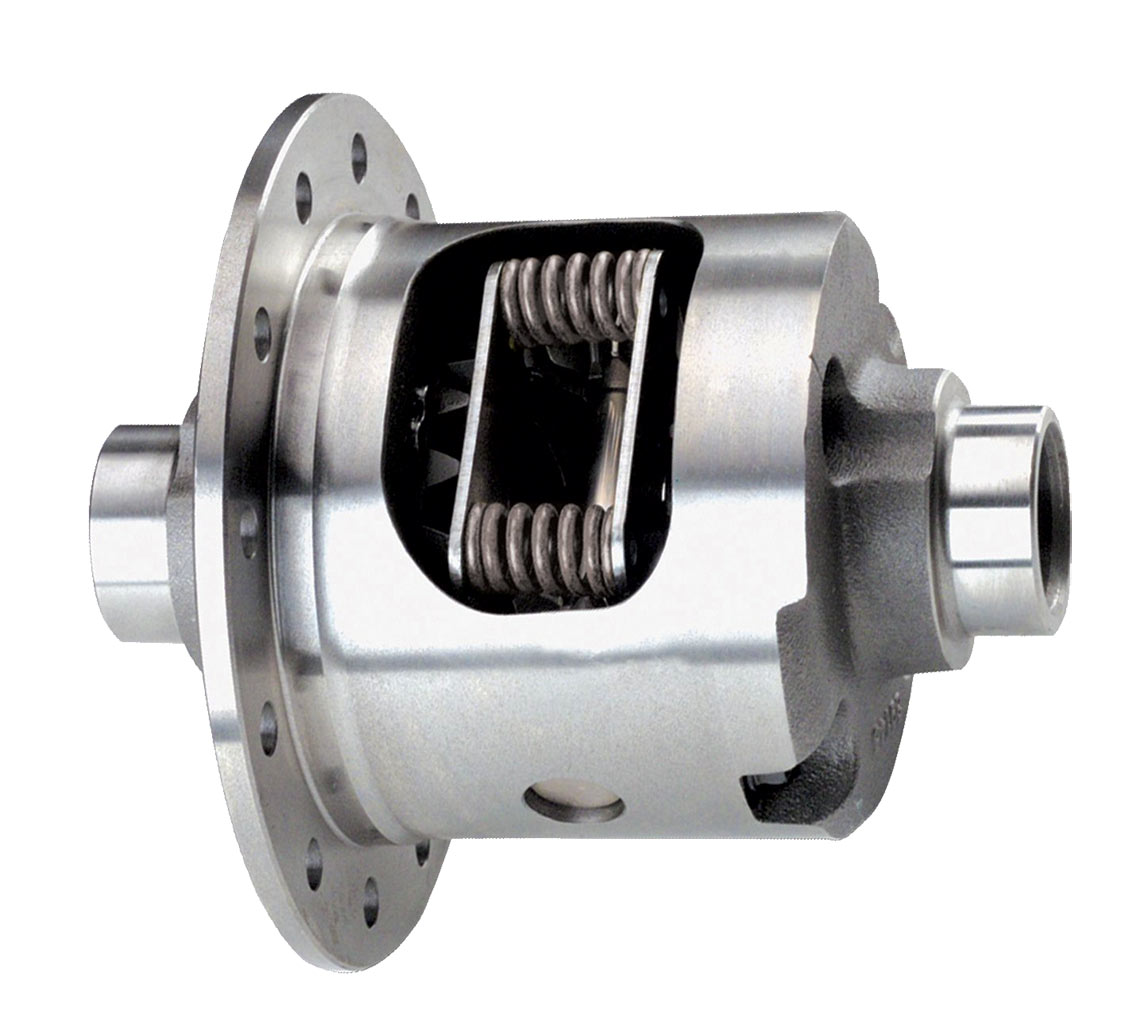
My differential education began one fall day when I went to an automotive swap meet in my new muscle machine with its big V-8 engine. Parking was on the wet grass across from the event. After walking around, visiting with vendors and buying a few goodies, I returned to my car, started it up and proceeded to pull out of the space. Of course one rear wheel spun on the grass and the other wheel didn’t do anything, so the car didn’t move.
Once I got free, I drove up to see Dan Sudul, owner of Dan’s Gears in Sherwood, Oregon. I asked him about the differential I currently owned, and what my options were. I knew there were different types of differentials available, and I figured Dan’s Gears was a good place to start.
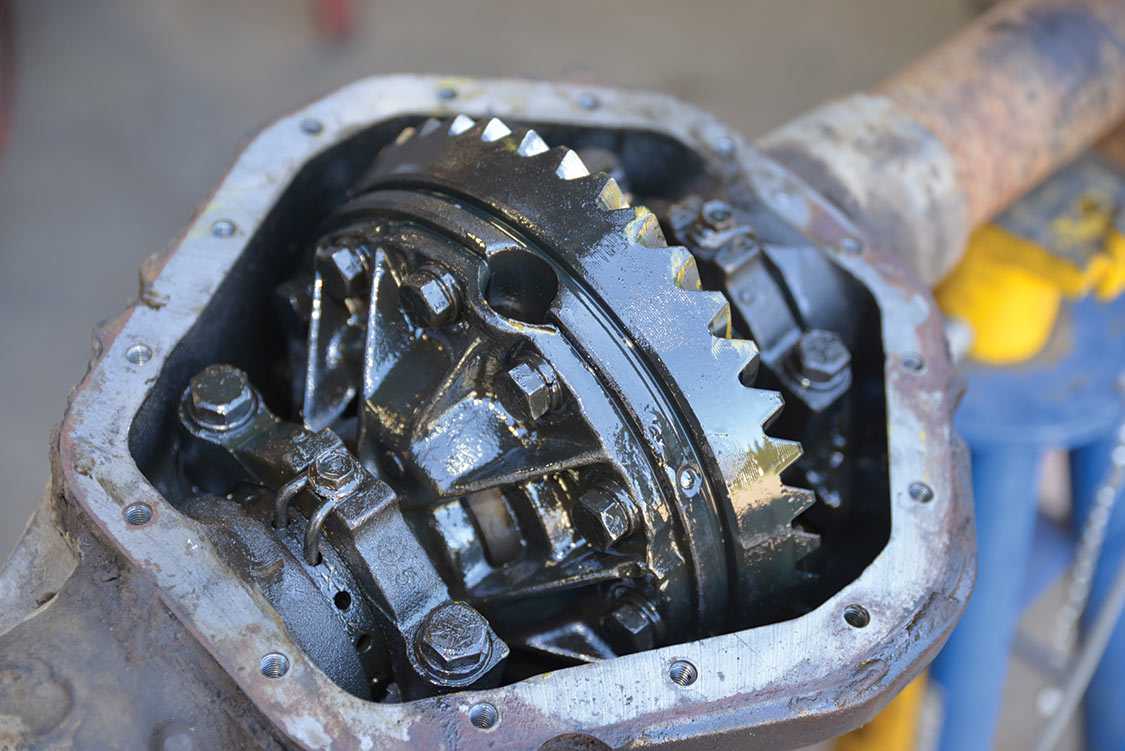
“Well, first of all, you have what is called an open differential,” Dan said. “What that means is that when one wheel has some traction loss—like being on the wet grass—with an open differential all of the power is shifted to the spinning tire.”
He went on to say that with an open differential power is transmitted to the axles via a set of simple gears in the differential/ring gear housing. These gears allow for one axle to spin at a different speed from the other, which is necessary when negotiating tighter turns. When driven-wheel traction is more or less equal, like on a paved road, power is distributed equally to both wheels.
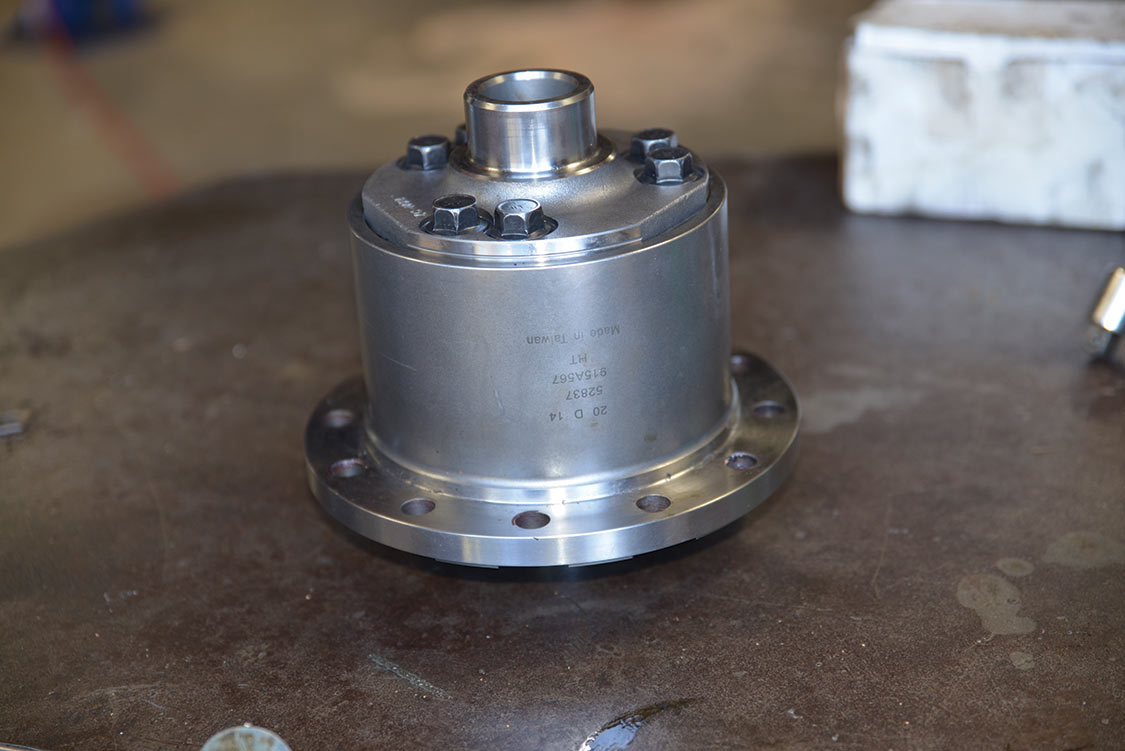
“If one wheel loses traction significantly enough to cause the wheel to slip on the road surface, power will then be transmitted wholly to that wheel until even grip is restored,” he said. “Getting off the gas, which reduces power to the drive wheel, is the quickest way to stop the wheel spin, but it doesn’t do much for getting the vehicle going rapidly again in a forward direction.
So which is the best differential? Dan told us that it depends on what you want to do with the vehicle. Let’s start with the differences between locking, torque sensing, limited slip and positraction (posi) differentials.
The difference between the various designs is that a limited slip, or posi-traction differential, sends power to the non-drive wheel based on input torque, which is power coming to the axle from the engine. In some respects, limited slip and positraction are very much the same. They may be a clutch disc or clutch-cone design, but they engage when one wheel has more traction than the other. The differential diverts power to the wheel with less traction, but they are limited.
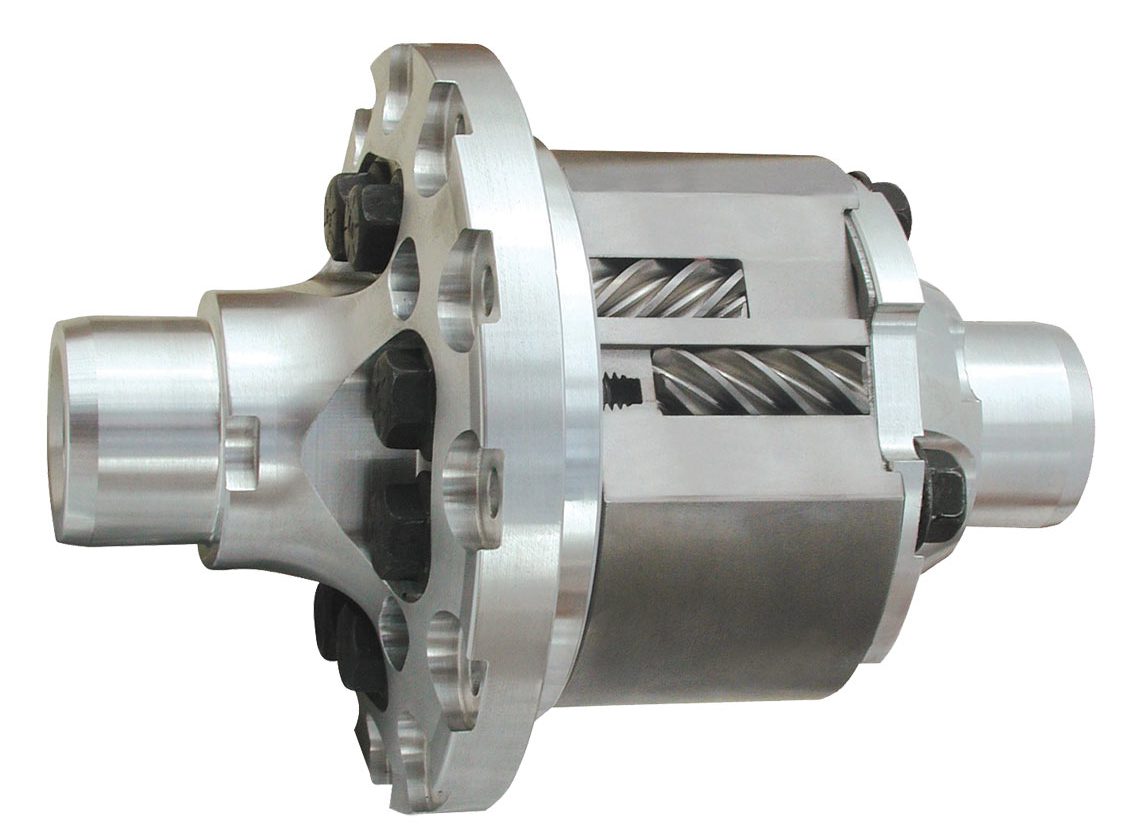
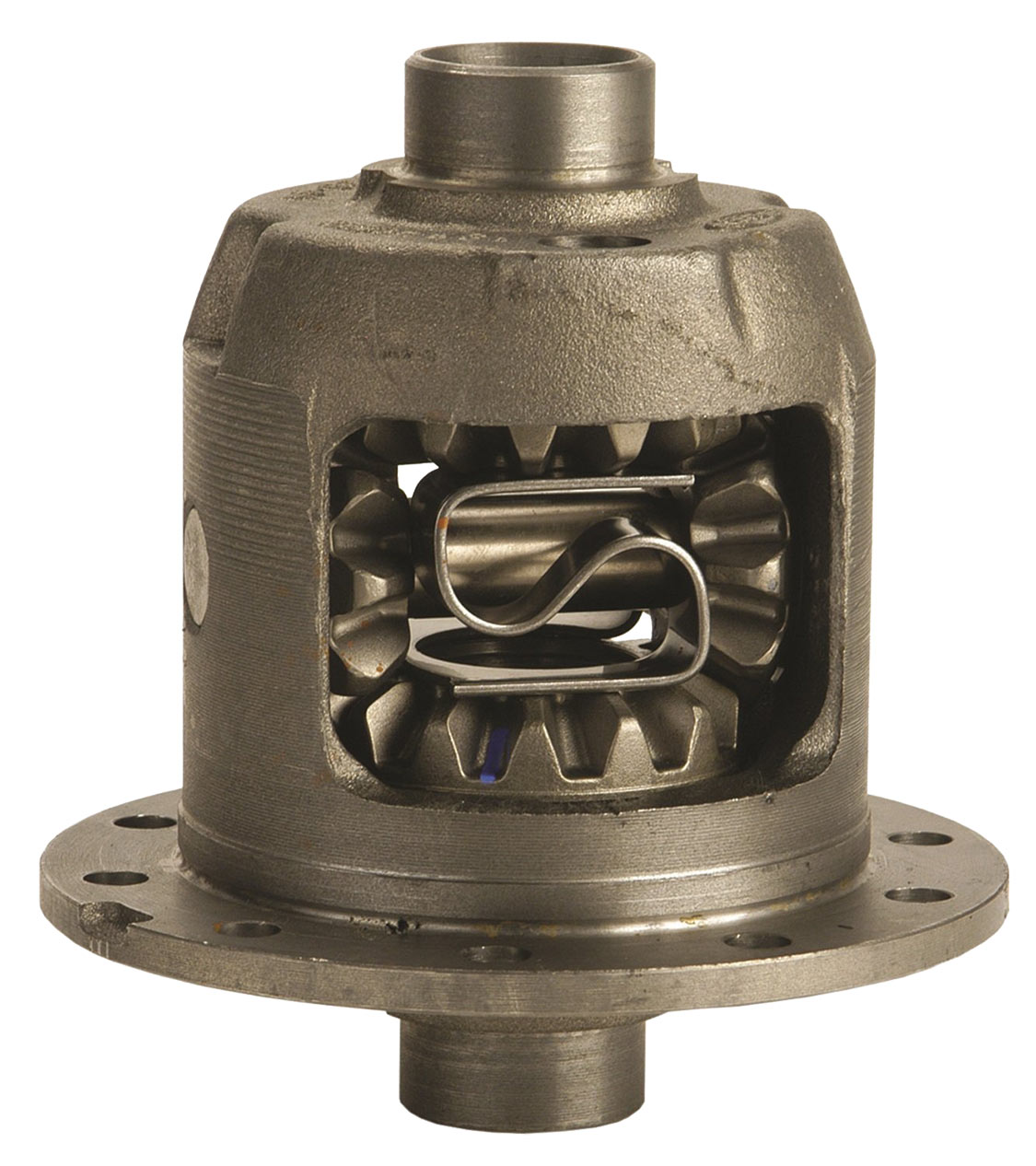
In contrast, locking and torque-sensing rear differentials equalize the gripping and slipping wheels together based on different wheel speeds, regardless of engine power input. This is accomplished through gears that engage as wheel speeds differ.
The difference is subtle, but it means that with a limited slip unit, when high torque is applied to the differential and transferred to the axle, the spring-loaded clutch pack clamps the gears to the differential cage. This may happen through a ramp or the natural tendency of gears to want to separate under torque. The clamping action is in proportion to the torque delivered, which means that the higher the torque, the higher the clamping load. With a locking or torque-sensing (Torsen T-1 or T-2) differential from Torsen, Eaton Truetrac or Quaife, it’s not the torque, but the difference in wheel speeds that does the clamping.
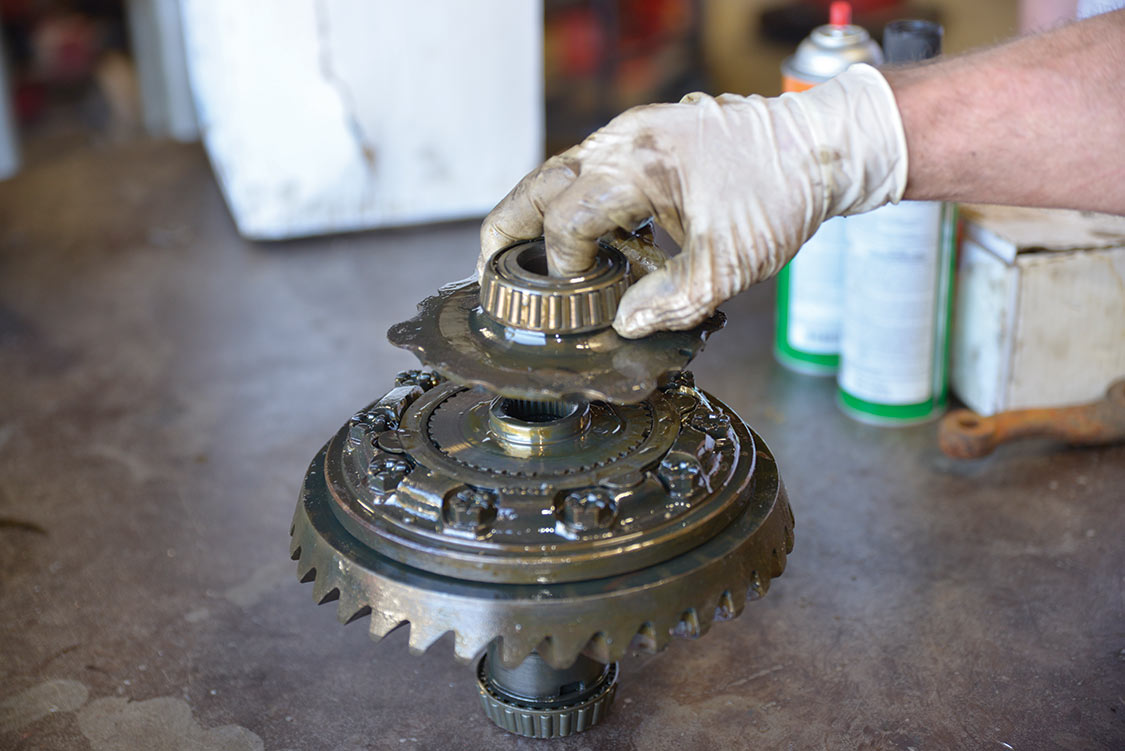
One point to keep in mind is that the smaller Eaton posi or limited slip, such as the type that is fitted in the Ford 8.8 rearend, is a clutch type, whereas the Detroit Locker is a gear type. Dan went on to explain that one way that the Detroit Locker is different is that when it locks in, it won’t release until you let off on the pressure, such as getting off the throttle. A Locker is positive, when it locks in both tires will respond equally when the vehicle is accelerated. Once the wheels are locked in then that’s it. In fact, you can take one axle out, or if you break an axle, it will still drive, where a torque-sensing differential will not. A Detroit Locker is a true locking differential.
It’s worth mentioning that you can also find viscous coupling differentials in many late-model cars; these simply use thick fluids to encourage both wheels to turn at the same speed regardless of traction conditions. There are also modern electronic differentials that use electronic inputs from the wheel speed sensors to actuate clutches while the traction control system applies the brake on a spinning wheel to equalize torque distribution.
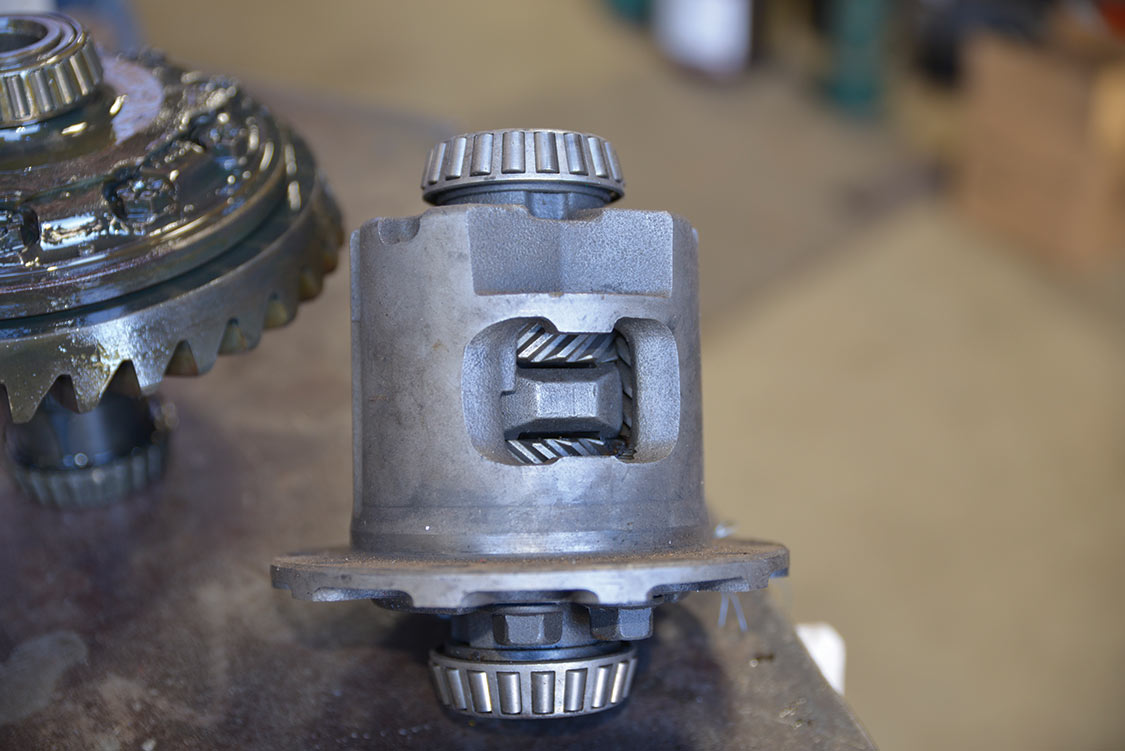
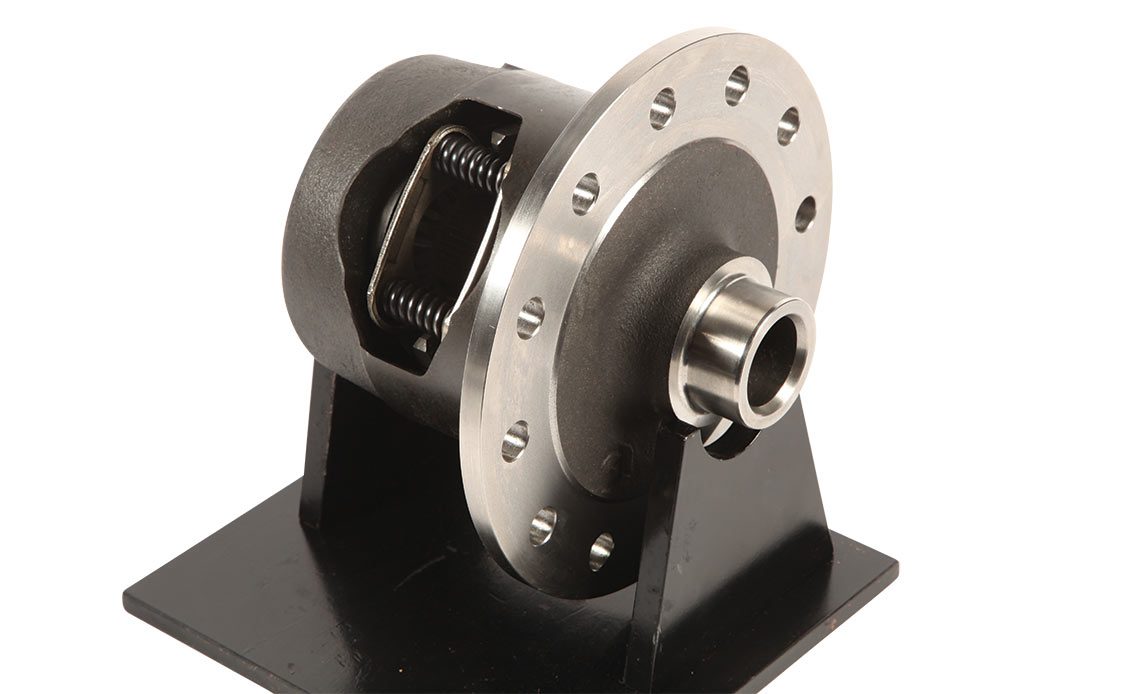
Lastly, we should mention the spool, or welded differential. They come in two sizes, the mini spool and the full-size spool. The mini spool is considered the “poor man’s spool,” however they are both considered inexpensive compared to the others. Both of these are locked up solid. There is no give. For all intents and purposes, the axles are locked together at all times. These units are mainly preferred for straight-line maximum traction; they pull a tremendous amount of power out of the car during cornering because one tire must be dragged around at the wrong speed.
“These [welded differentials] are ideal for drag racing,” Dan said. “You can’t take a curve effectively because one axle is not free to turn faster than the other one, causing the rearend of the car, that is to say the outside rear wheel of the car, to chirp or hop around a curve.”
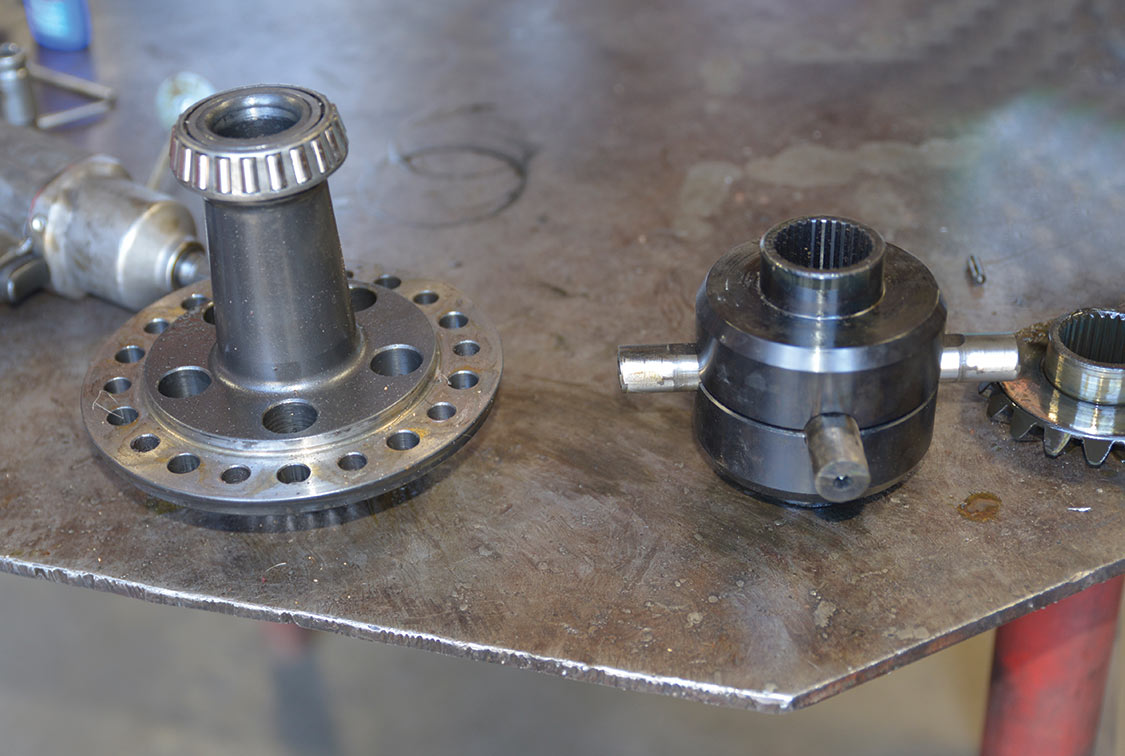
There is a lot of competition in the differential arena, which means there are a lot of choices. Eaton has become a big player in producing performance differentials. Many of its differentials feature a patented carbon friction material originally designed for racing brakes and clutches. Made from high-temperature carbon fiber wrapped with carbon anti-wear coating, the discs are virtually indestructible, according to Eaton. Despite repeated hard use, there is no loss of performance. Eaton’s warranty says that the patented carbon material provides smooth, quiet operation over the life of the vehicle.
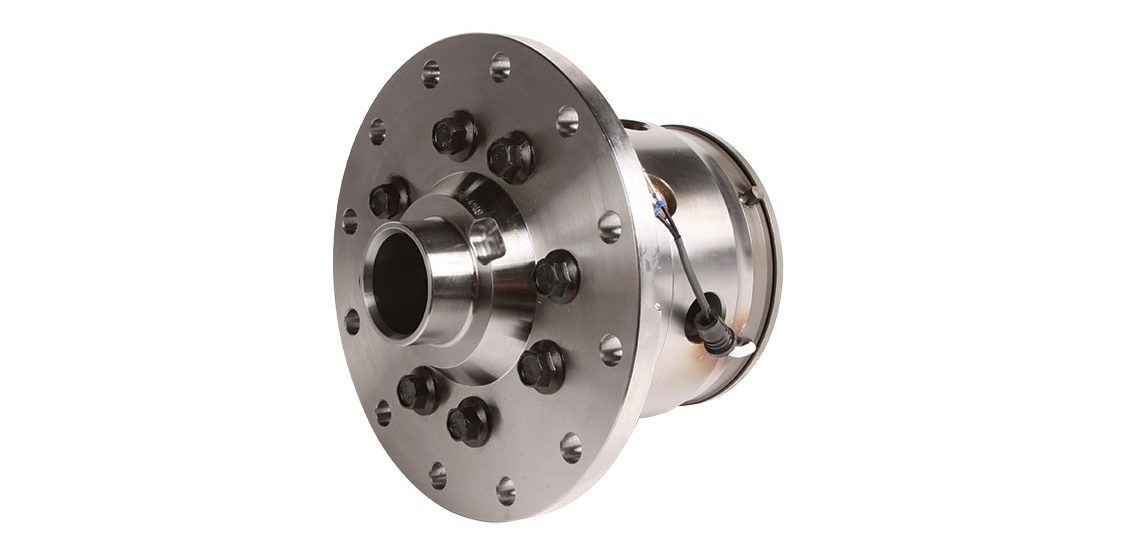
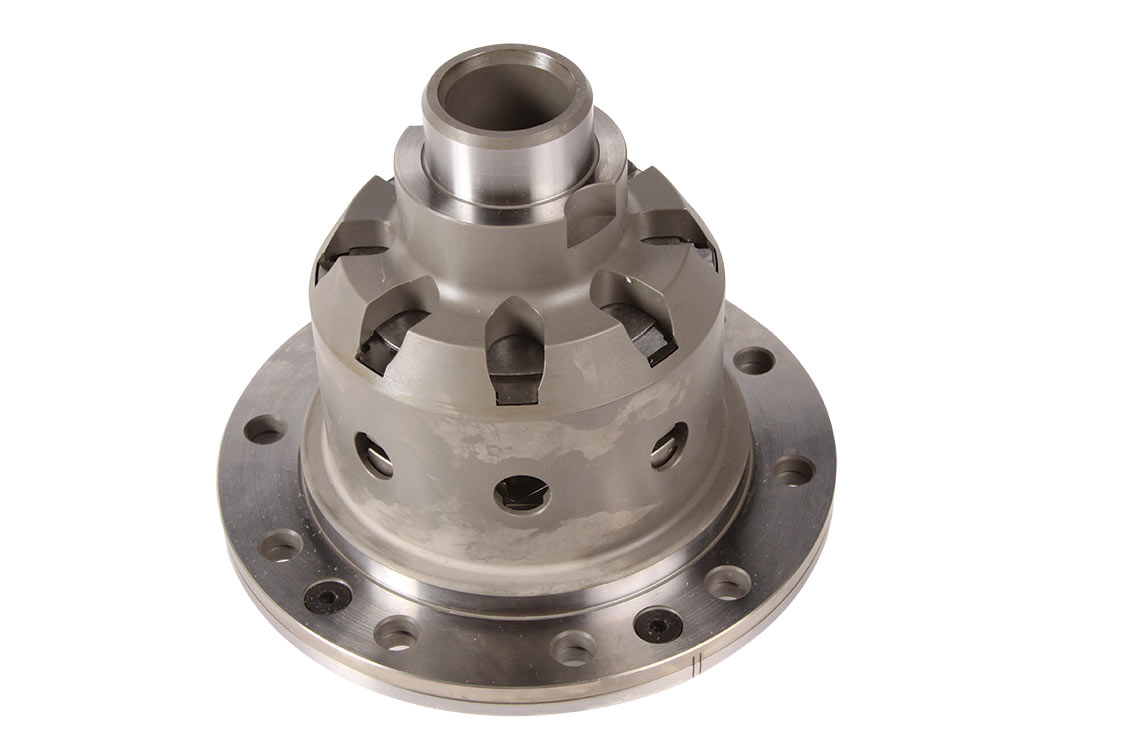
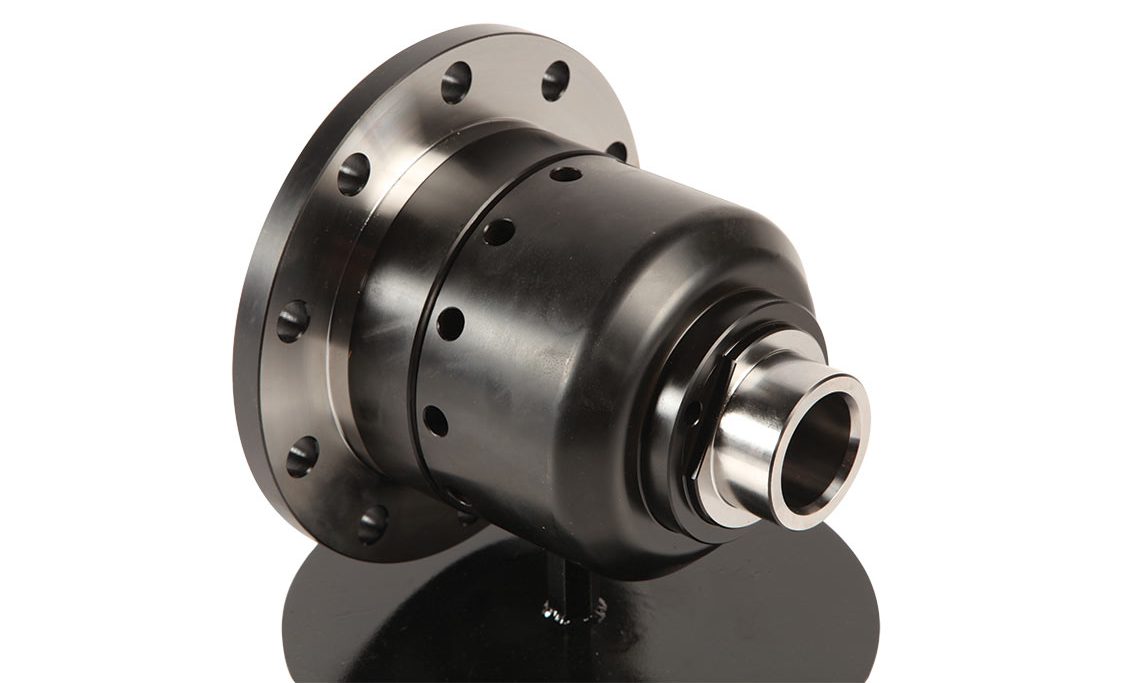
If you are putting out a lot of power and you are running a 9-inch differential, you might want to consider a beefier or specially built housing. There are a number of good models on the market, but we examined two examples here.
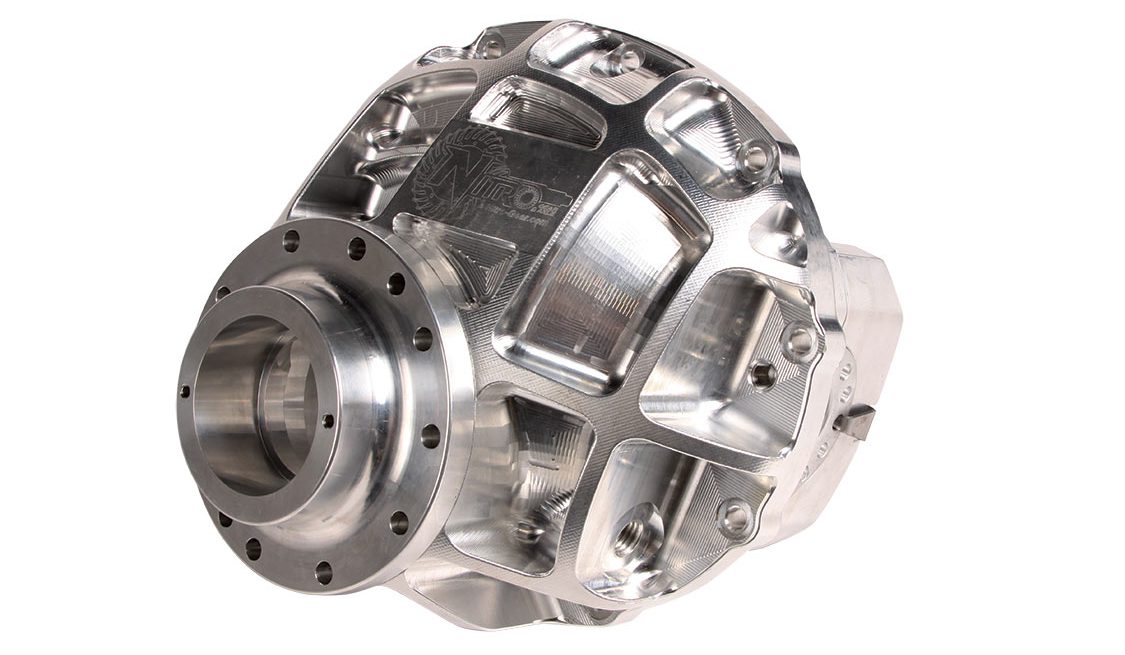
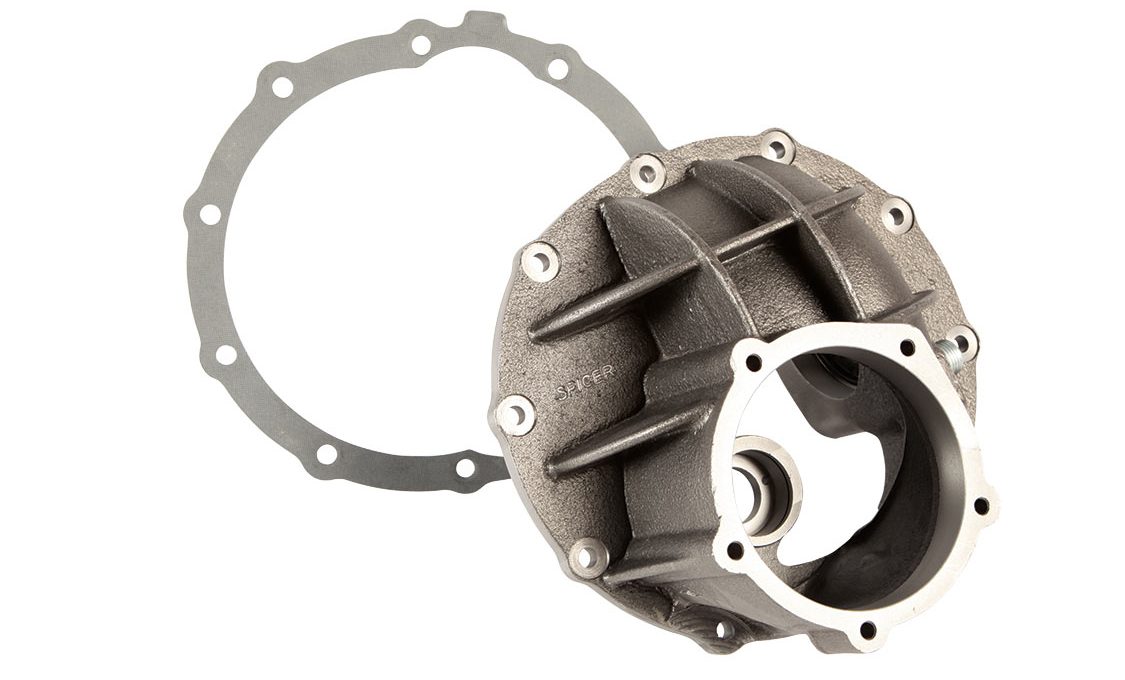
Dan’s Gears
P.O. Box 1338
Sherwood, OR 97140
503.692.1547
Nitro Gear & Axle
509.888.2953
Nitro-gear.com
Dana Axle & Spicer Drivetrain
800.621.8084
Spicerparts.com
Auburn Gear
260.925.3200
Aftermarket.auburngear.com
Wavetrac Differentials
949.362.8700
Wavetrac.net
Eaton Performance Products
800.328.3850
Eatonperformance.com
OS Giken USA, Inc.
310.986.6620
Osgiken.net
Torsen
585.464.5000
Torsen.com
Yukon Gear
888.905.5044
Yukongear.com
We use cookies to enhance your browsing experience, serve personalized ads or content, and analyze our traffic. By clicking "Accept All", you consent to our use of cookies. Visit our Cookie Policy for more info.
Notifications
Share Link